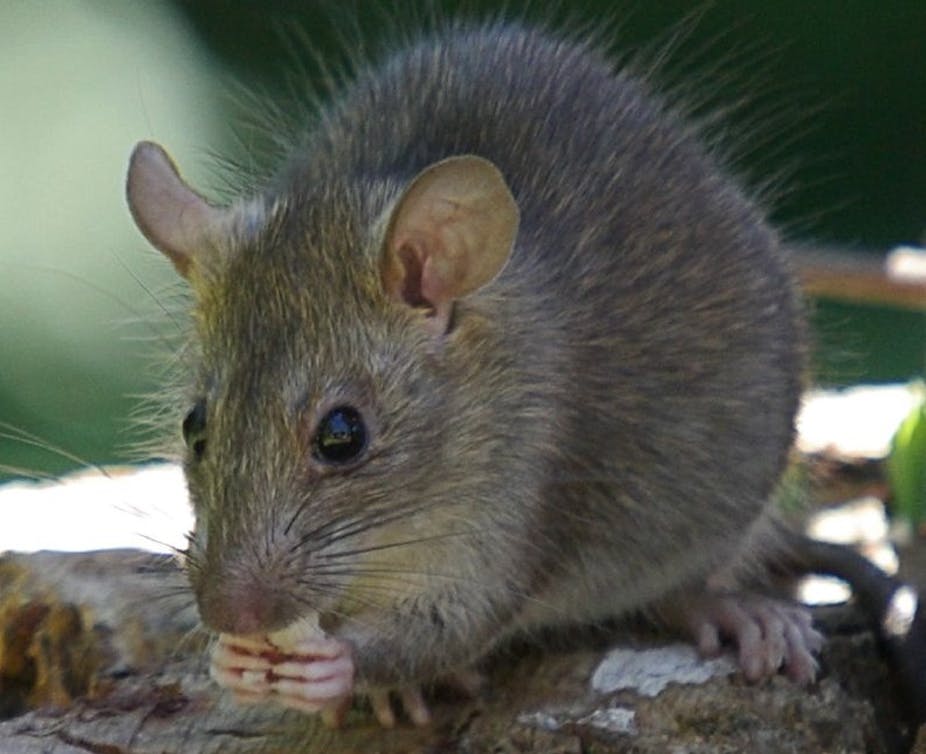Species hold ecosystems in a delicate balance. From time to time humans introduce non-native species to an ecosystem, because they may be needed for domestic work, as pets, for carrying loads or even for killing previously introduced species. In each case, their introduction changes how the ecosystem works. And sometimes things go wrong, leading to the decline of many native species.
Despite studying introduced species for more than 200 years, we understand only a little about them. The reason is that studying their complex interactions with other species can be difficult. The ideal places to carry out such studies are islands. Their physical boundaries makes it easy to keep track of a limited number of species and their interactions.
But even if an ecosystem is studied, it is usually difficult to apply those lessons to a different ecosystem because of the quirks of each. Emily Hanna and Marcel Cardillo of the Australian National University thought perhaps a larger scale study done on many islands might give the best insight into introduced species. That is why they decided to study 934 mammal population in 323 Australian islands. There are many islands with and without different introduced predators, which makes Hanna and Cardillo’s analysis strong.
They report their results in a recent study published in the journal Global Ecology & Biogeography. Broadly, they asked two questions - First, how do introduced mammal predators affect one another and native species? Second, do geographic attributes such as terrain or distances affect extinction rates of mammals?

These islands off Australia are particularly interesting for such study because they suffer from a high rate mammal extinctions (more than 25%). The blame is being put on introduced predators. There are at least eight species that were previously widespread on the Australian mainland but are now confined to islands.
Updating older databases revealed that these islands had 934 mammal populations of 107 species from 323 islands. They then identified the most common introduced predators and categorised them into three size groups: small (black rat, Rattus rattus), medium (domestic cat, Felis catus, and red fox, Vulpes vulpes) and large (dingo, Canis lupus dingo, feral domestic dog, Canis lupus familiaris, and their hybrids).
Hanna and Cardillo’s first conclusion agreed with previous studies - introduced predators cause extinctions of native mammals on islands. But things were not as simple as that. Their results provided support for the mesopredators suppression hypothesis, which says that top predators, such as cats, foxes, dingos or feral dogs can reduce extinction of prey species by suppressing the influence of mesopredators (smaller predators such as black rats). But they also found that extinction was higher on islands where black rats were present without introduced apex predators (cats, foxes, dingo and feral dogs).
Next, they found that body size was a predictor of extinction risk. Larger mammals were more prone to extinction on islands compared to smaller bodied mammals (Large defined as more than 2.7 kg). For larger mammals island biogeography was found to be a key predictor of extinction risk - the further the island from the mainland, the more prone those mammals were to extinction. By contrast, for smaller mammals the presence of invasive species was a key predictor of extinction risk.
While the black rat was the chief culprit in this study, Hanna and Cardillo’s work may also extend to other systems in which the effects of smaller invasive predators may similarly be mitigated by larger predators. For a conservationist, Hanna explained the implications of this study, “Eradication of smaller and larger introduced species needs to be balanced. If only the apex predator is eradicated, the mesopredator population could rapidly increase in size, possibly sending native mammal populations extinct.”

